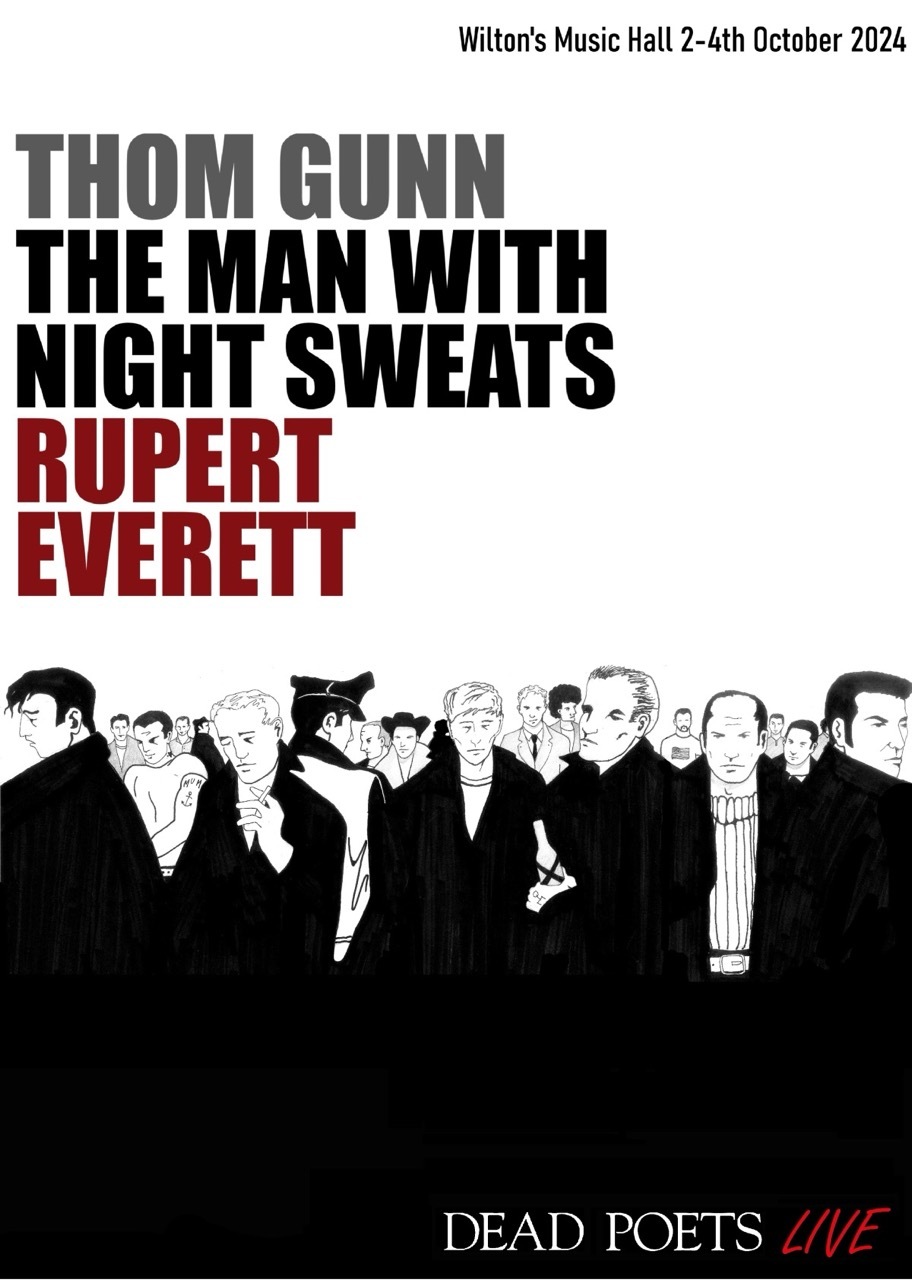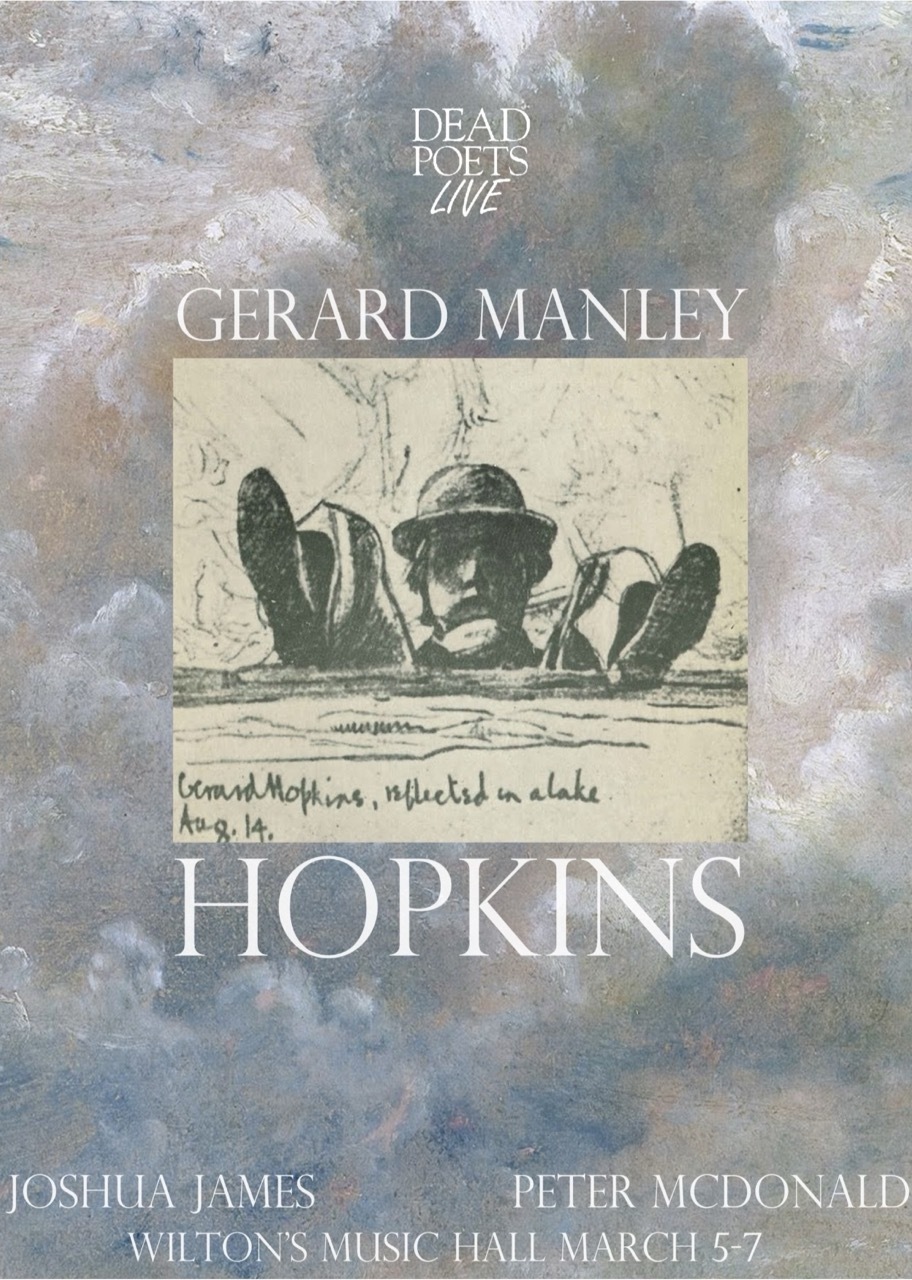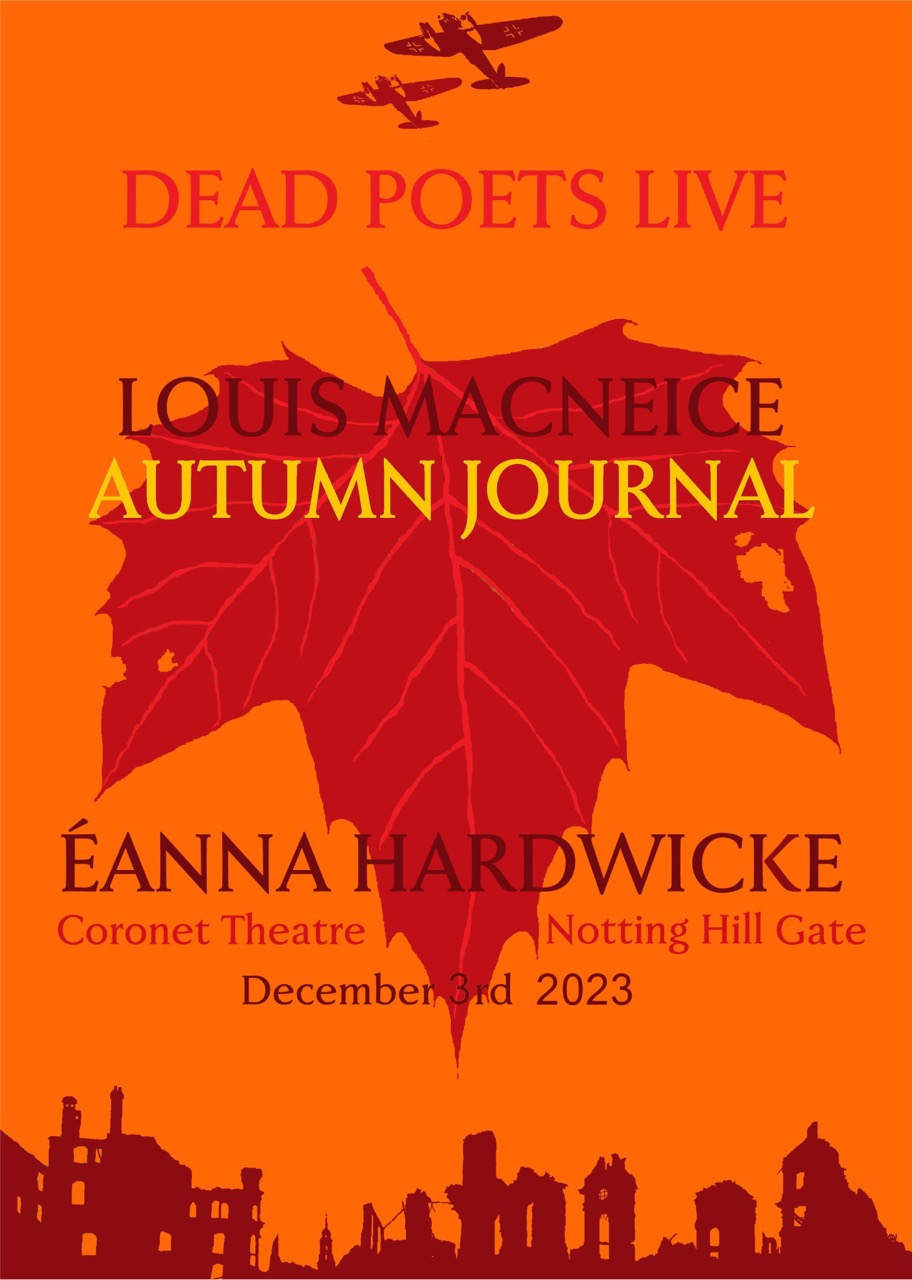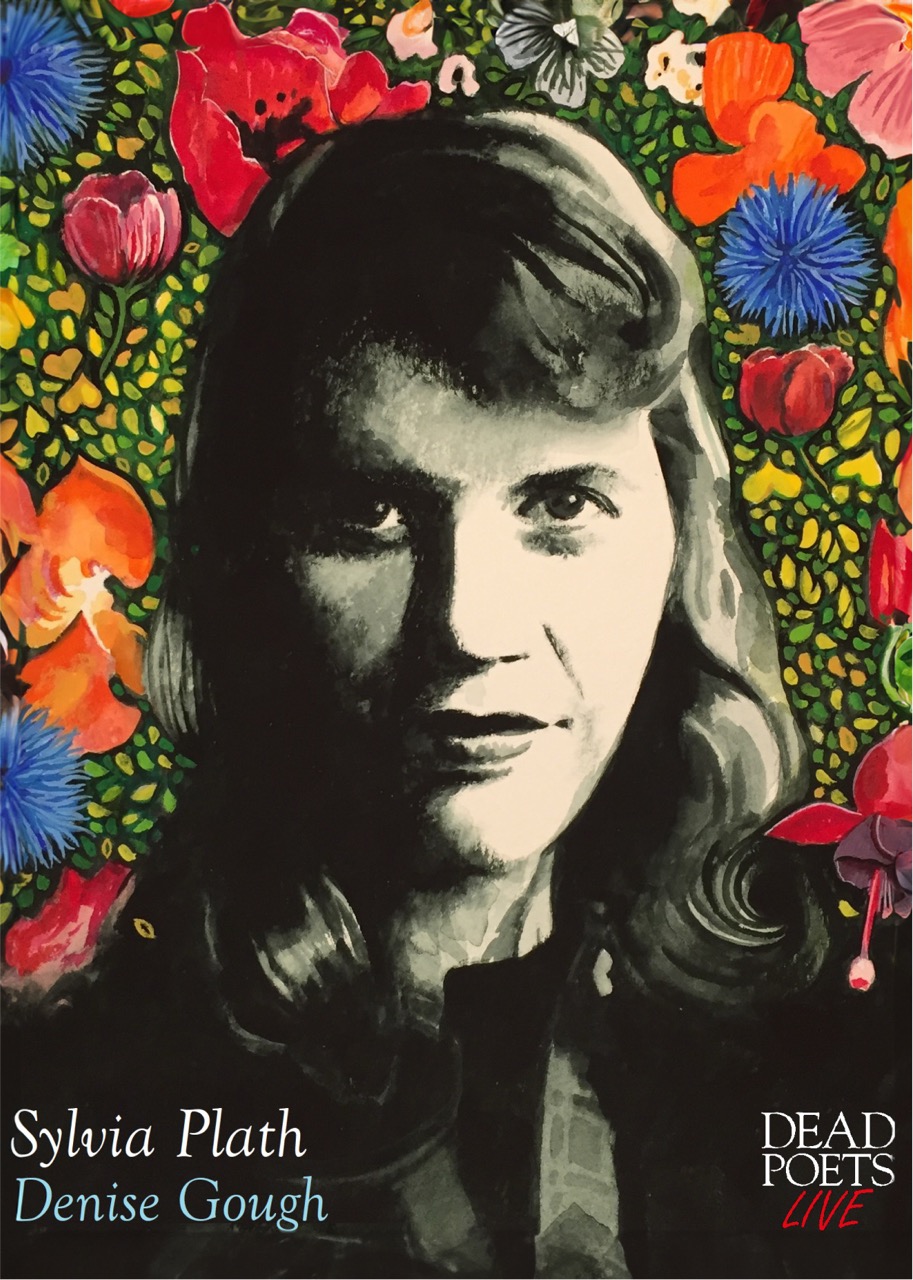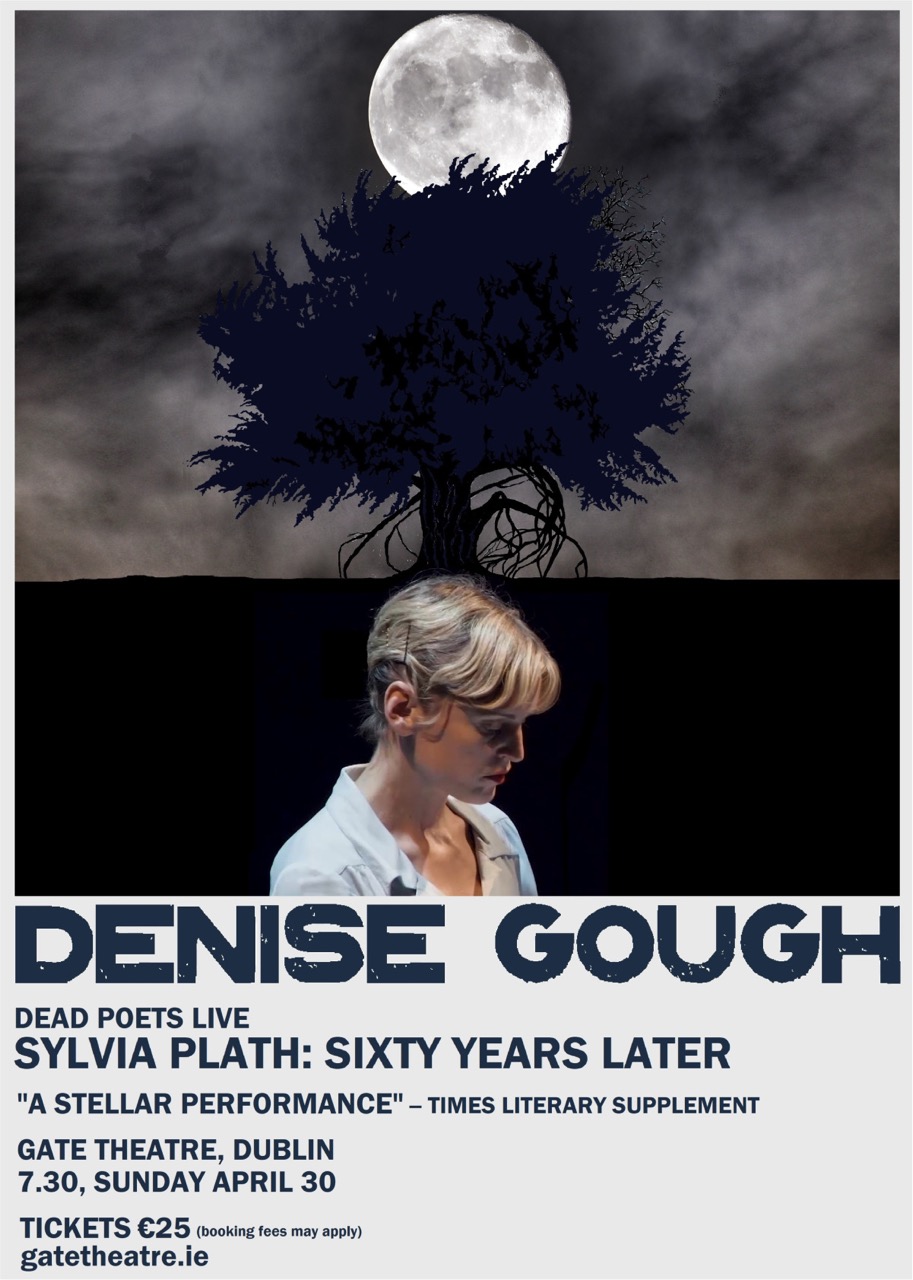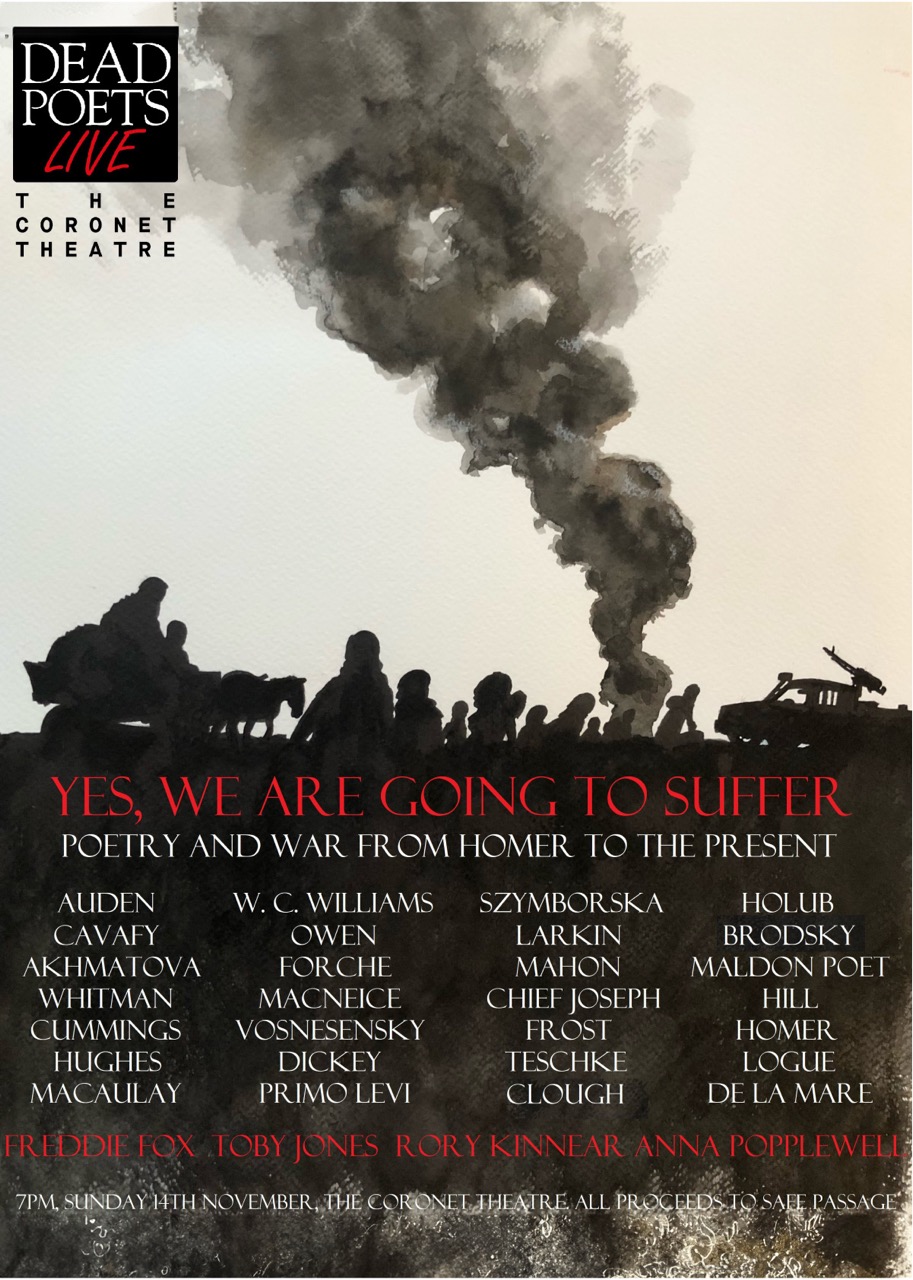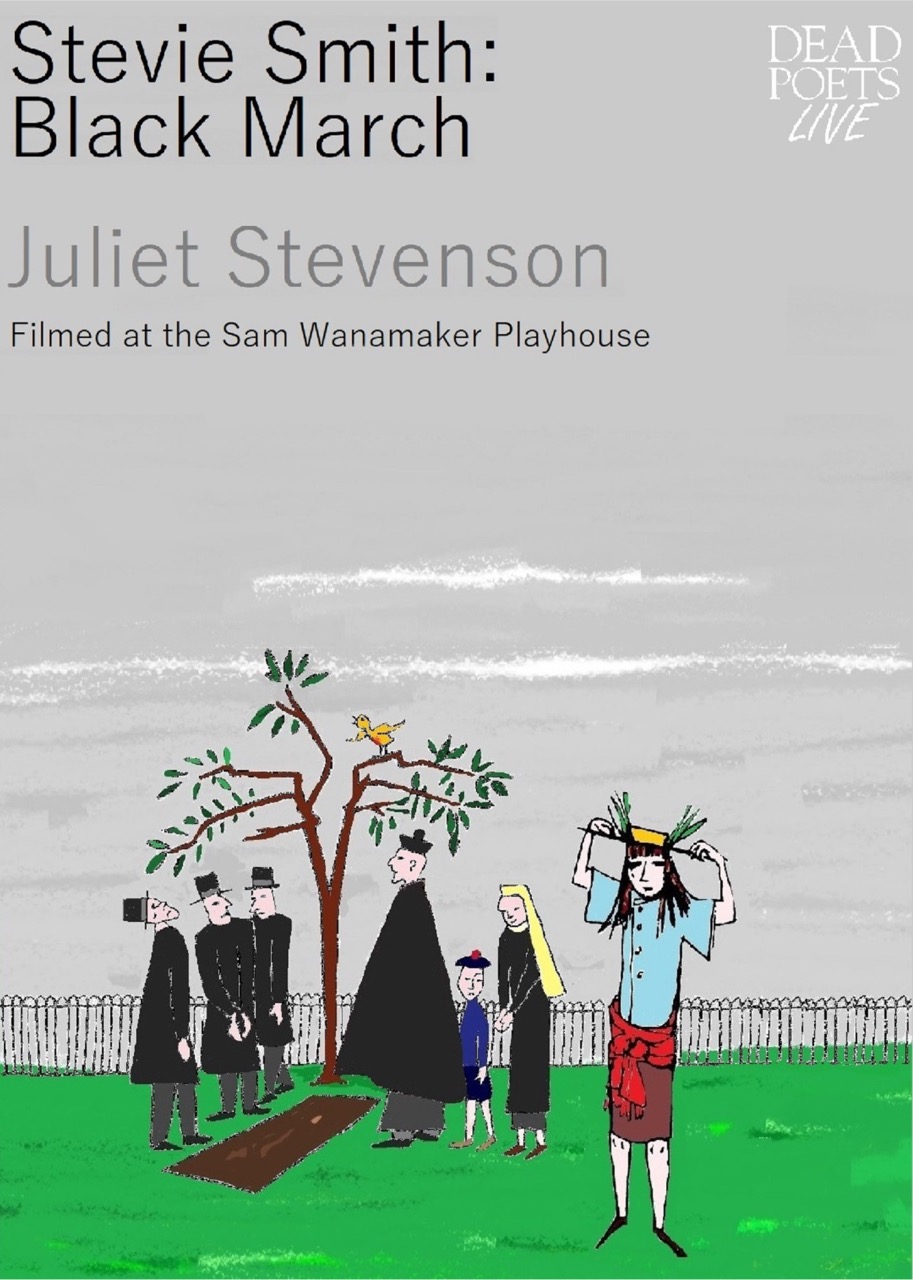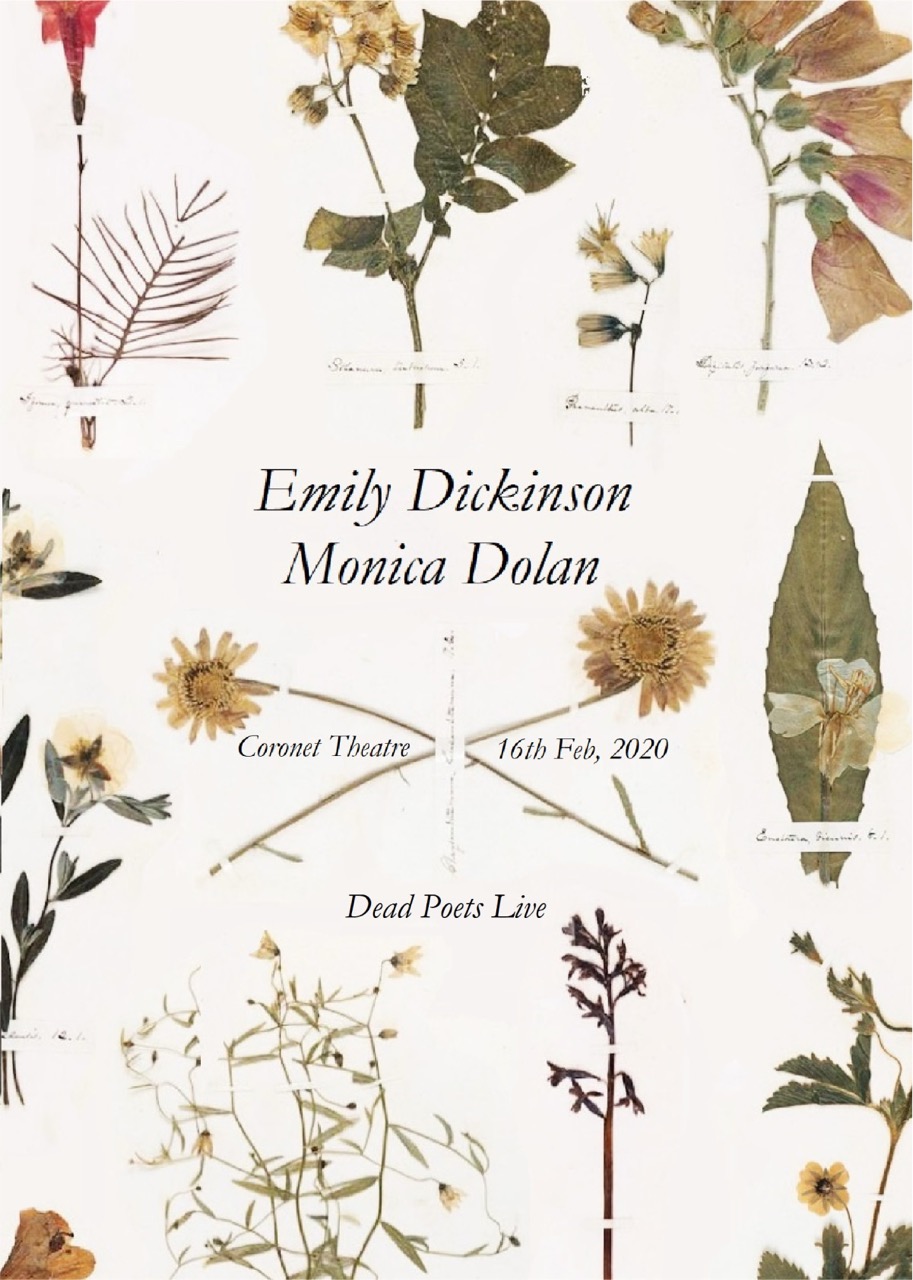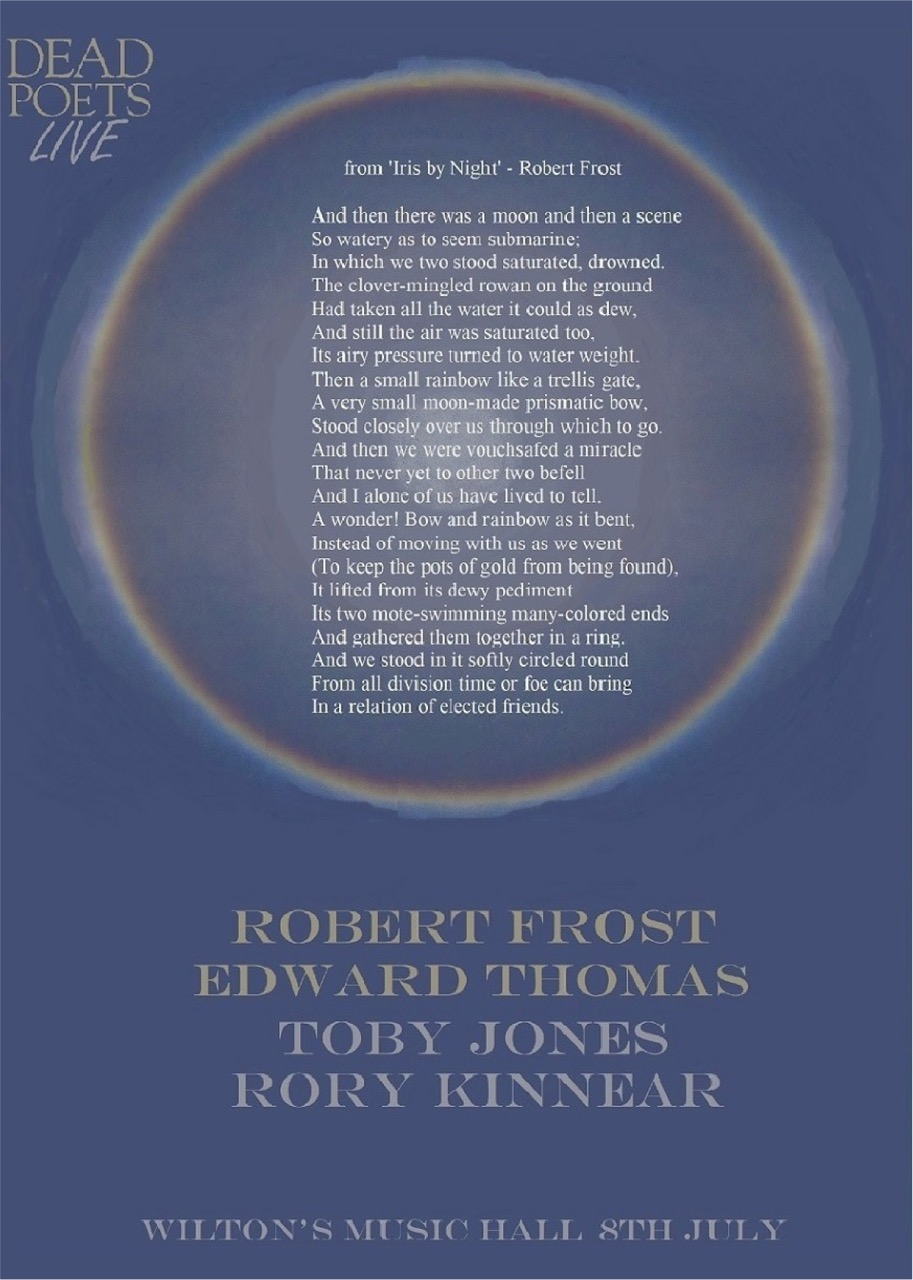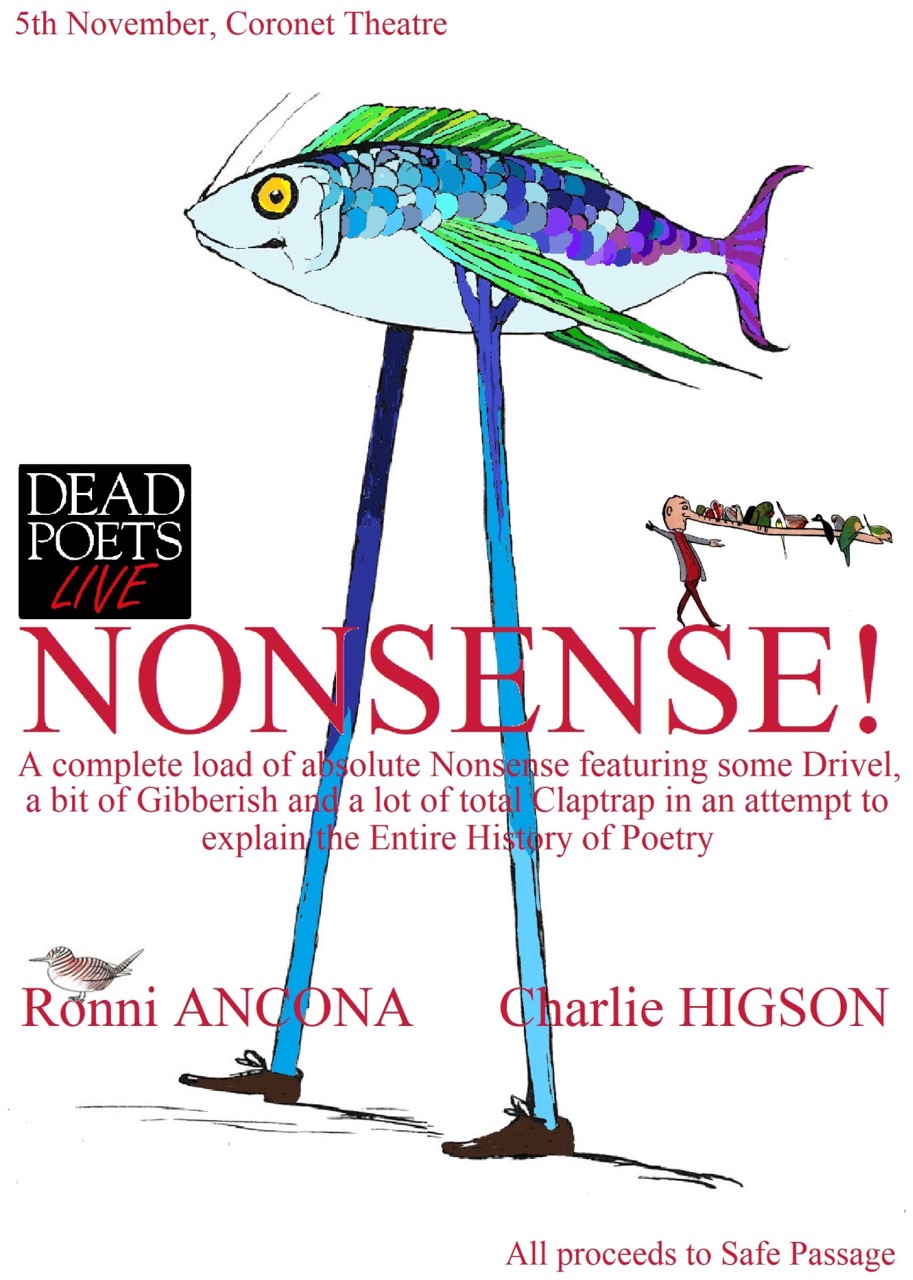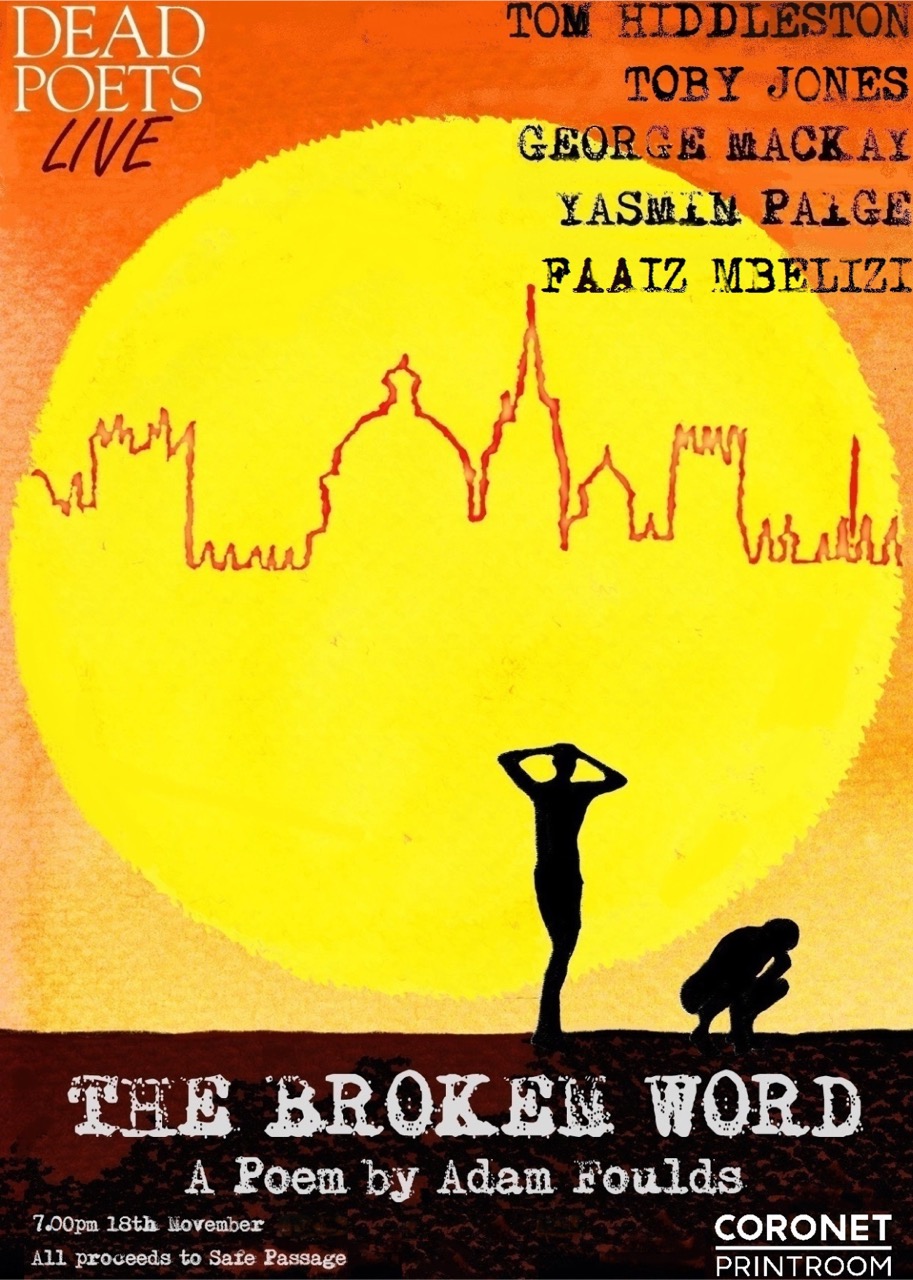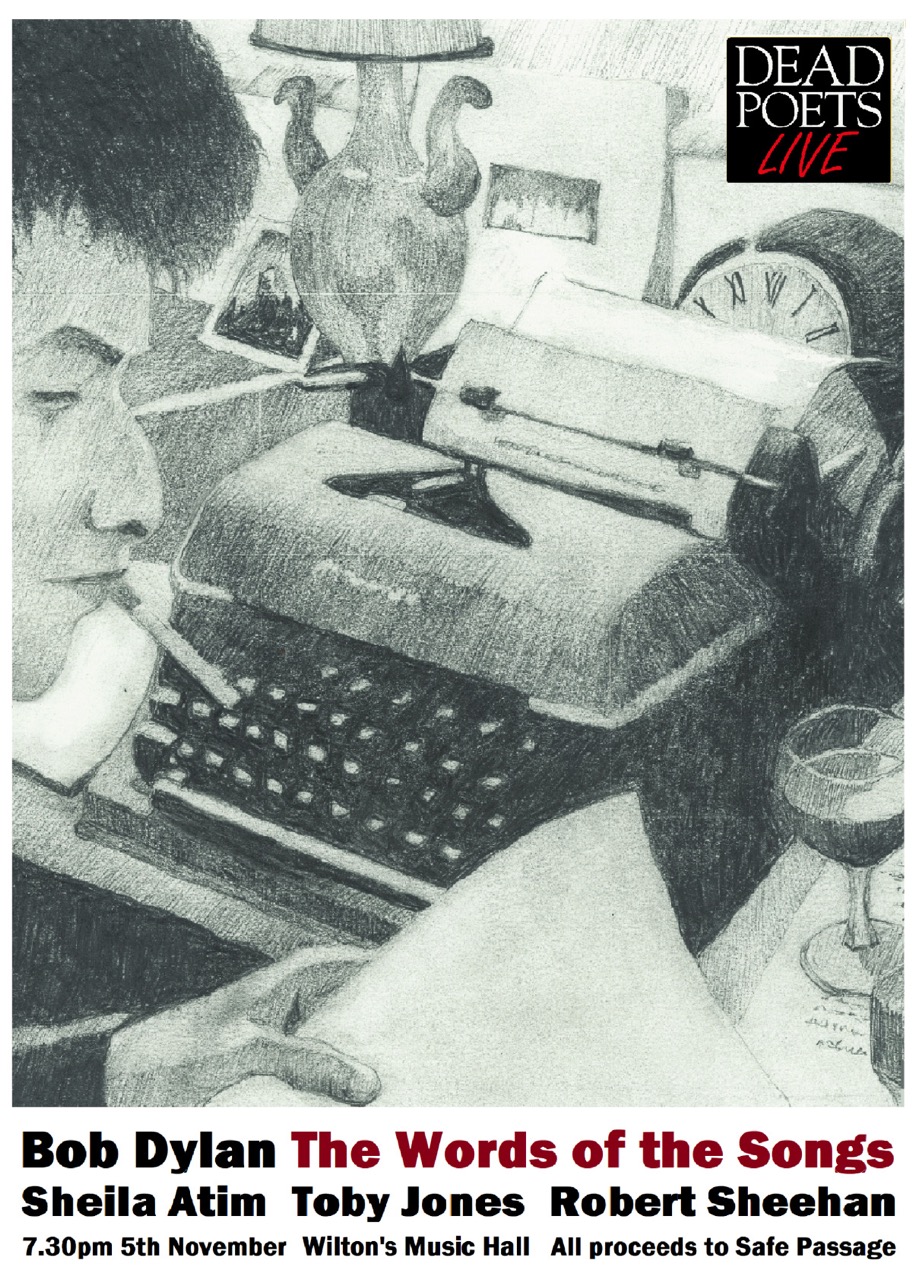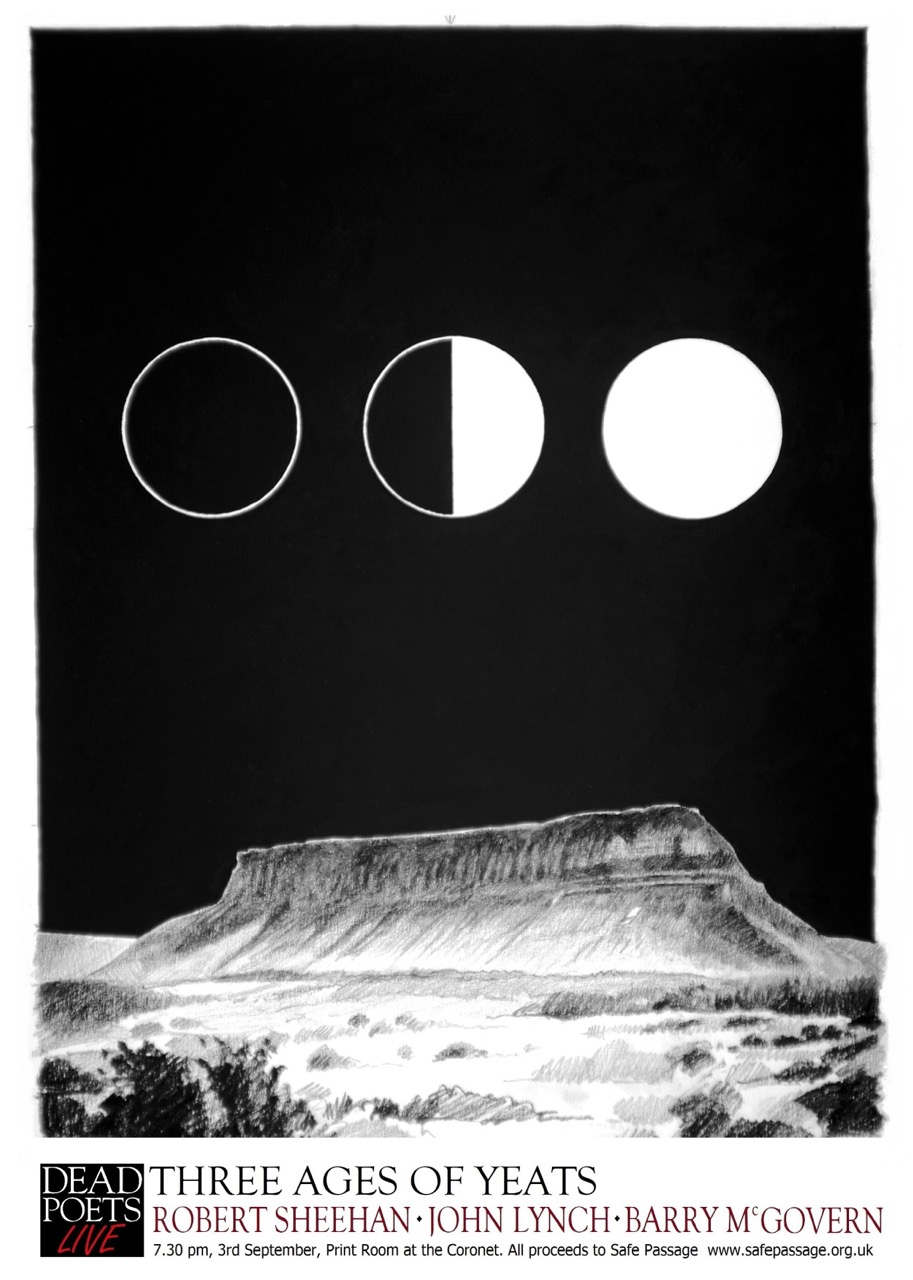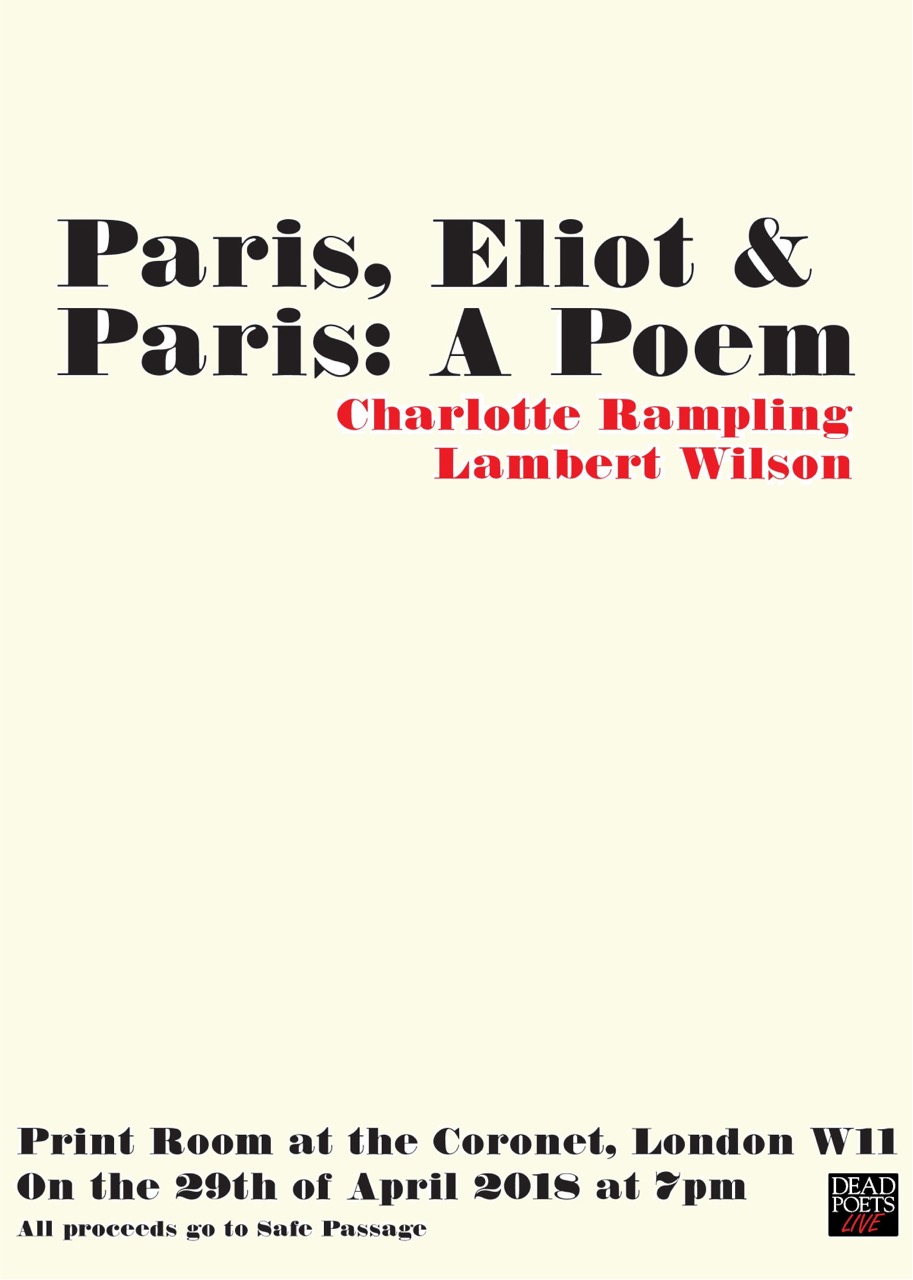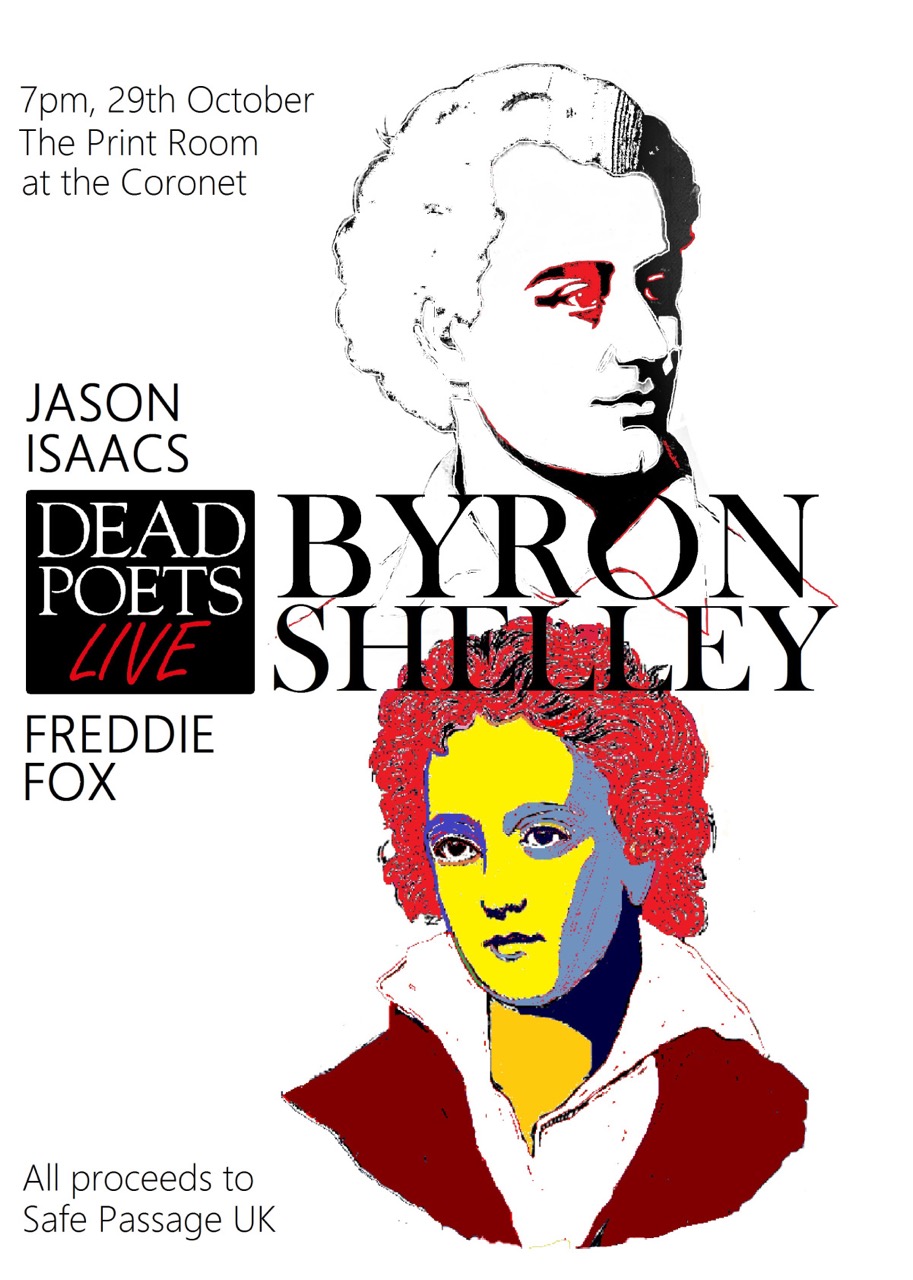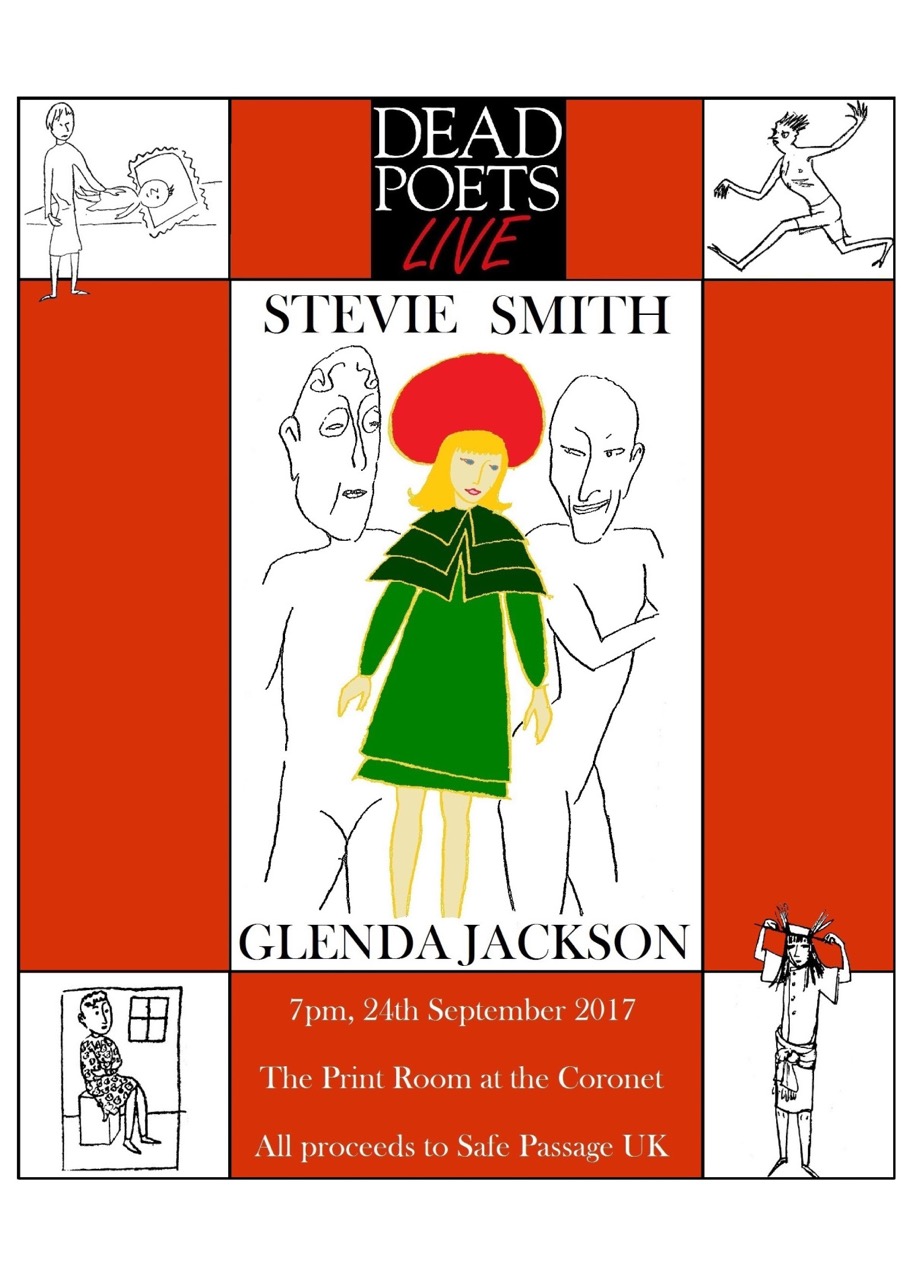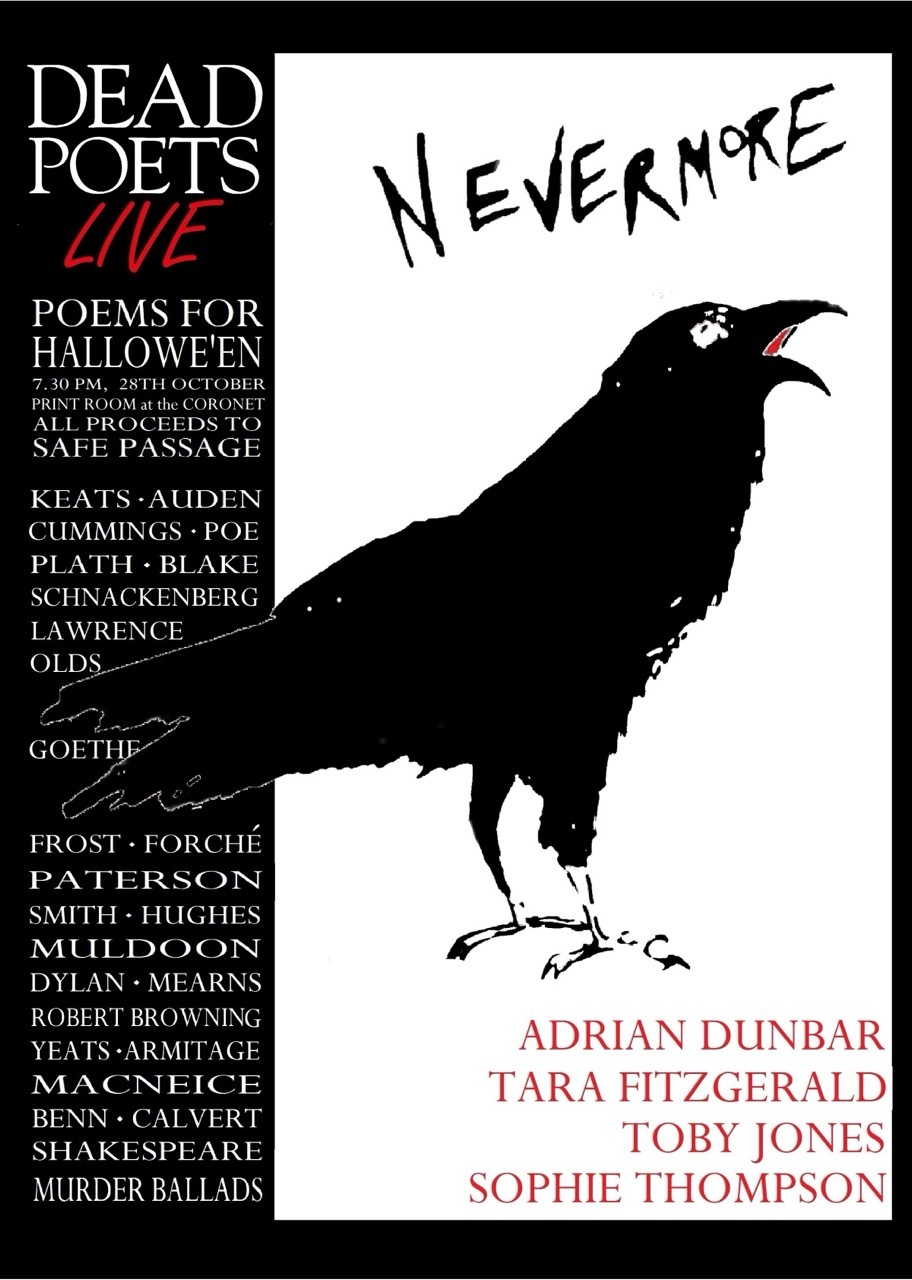Dead Poets Live
Paris in Verse
Institut français
Same show, new date
‘Eliot, Paris and Paris: A Poem‘ first appeared on Saturday 28 April at the Institut français.
In the spring of 1919, Hope Mirrlees, a novelist, classicist and friend of Virginia Woolf and Gertrude Stein, wrote a poem called Paris, a 600-line journey through the city where she lived before and after the Great War. Virginia and Leonard Woolf published it the same year: it was acclaimed, dismissed and then forgotten. In the twenty-first century it has been rediscovered and reassessed as an early modernist masterpiece, anticipating a poem published by the Woolfs a few years later: The Waste Land.
T. S. Eliot was Francophile even before he arrived in Paris as a student in 1910. ‘What France had meant to me was, above all things,’ he wrote later, ‘Poetry.’ In 1908, while still at Harvard, he discovered Baudelaire, and through him Laforgue, Corbière, Rimbaud and Mallarmé. Under their influence Eliot began to write his first great poems, arriving at full maturity in 1911, after a year in Paris, with ‘The Love Song of J. Alfred Prufrock’. His encounter with Paris and his encounter with French literature were essential to the style and atmosphere of his first two collections, the poetry that led up to The Waste Land.
Performers

Charlotte Rampling has worked in English, French and Italian for directors as diverse as Richard Lester (The Knack), Luchino Visconti (The Damned), John Boorman (Zardoz), Liliane Cavani (The Night Porter), Nagisa Oshima (Max, Mon Amour), Alan Parker (Angel Heart), Sydney Lumet (The Verdict), Laurent Cantet (Vers le Sud), Todd Solondz (Life During Wartime), Lars Von Trier (Melancholia).
On television, she is known for her role as Evelyn Vogel in Dexter (2013). In 2012 she was nominated for a Primetime Emmy Award and a Screen Actors Guild Award for her performance in the miniseries Restless. Other television work includes roles in Broadchurch and London Spy (for the latter of which she was nominated for a Golden Globe). For her performance in the 2015 film 45 Years, she won the Berlin Film Festival Award for Best Actress, the European Film Award for Best Actress, and was nominated for the Academy Award for Best Actress.
A four-time César Award nominee, Rampling received an Honorary César in 2001 and France’s L’ordre national de la Légion d’honneur in 2002. She was made an OBE in 2000 for her services to the arts and received the 2015 Lifetime Achievement Award from the European Film Awards.

Lambert Wilson is one of France’s best-known actors. He has appeared in over 100 films and worked with such directors as Fred Zinnemann, Jacques Demy, Andrez Wajda, Carlos Saura, Bertrand Tavernier, James Ivory and Alain Resnais.
In the theatre Wilson has worked with Jean-Louis Barrault, Jean-Claude Carrière, Harold Pinter and Stephen Sondheim – and has himself directed critically acclaimed stage productions (principally for Peter Brooks’ Théâtre des Bouffes du Nord) of Bérénice (with Carole Bouquet and Kristin Scott Thomas).
Wilson is perhaps internationally best known for his work in Xavier Beauvois’ Of Gods and Men (winner of the Grand prix du jury at Le Festival de Cannes 2010), his portrayal of l’Abbé Pierre in Denis Amar’s Hiver 54 and for the role of The Merovingian in Matrix Reloaded and Matrix Revolutions.
Wilson is Chevalier and Officier des Arts et des Lettres and Chevalier and Officier de l’Ordre National du Mérite. He was raised to Commandeur de l’Ordre du Mérite by French President Emmanuel Macron in 2017.
Photos of the event
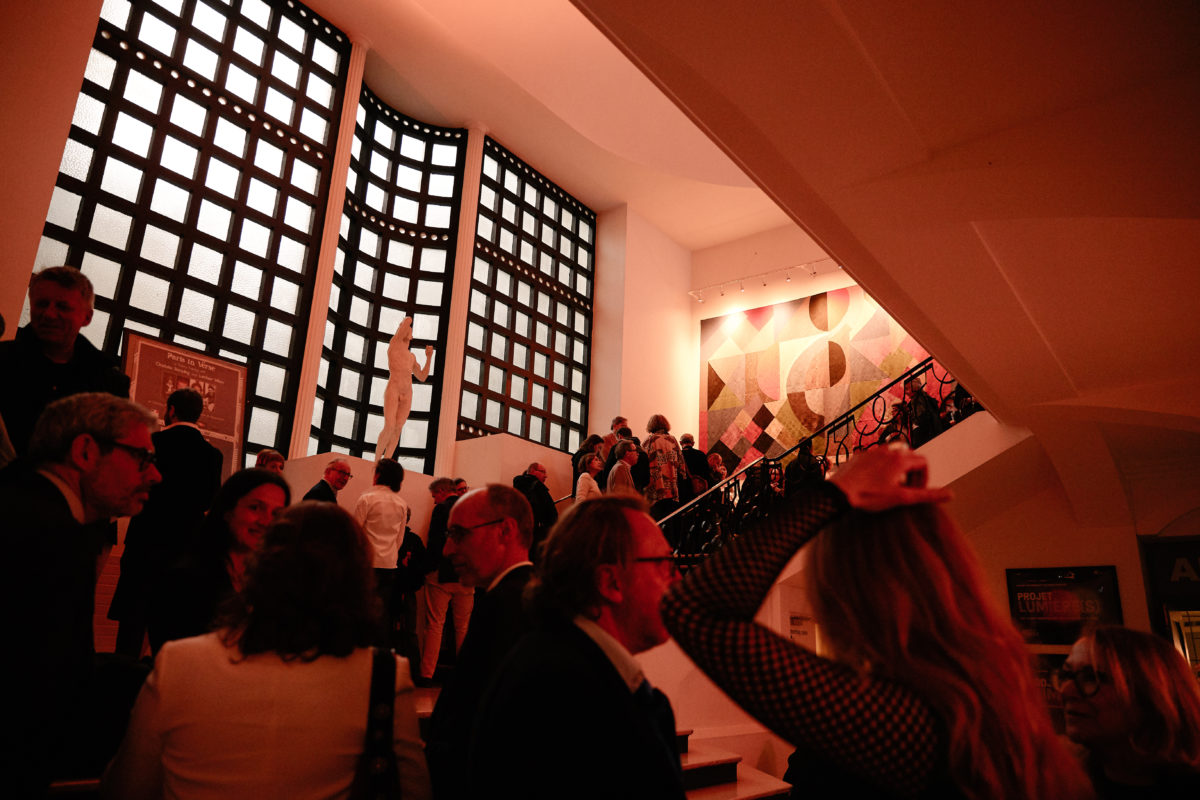
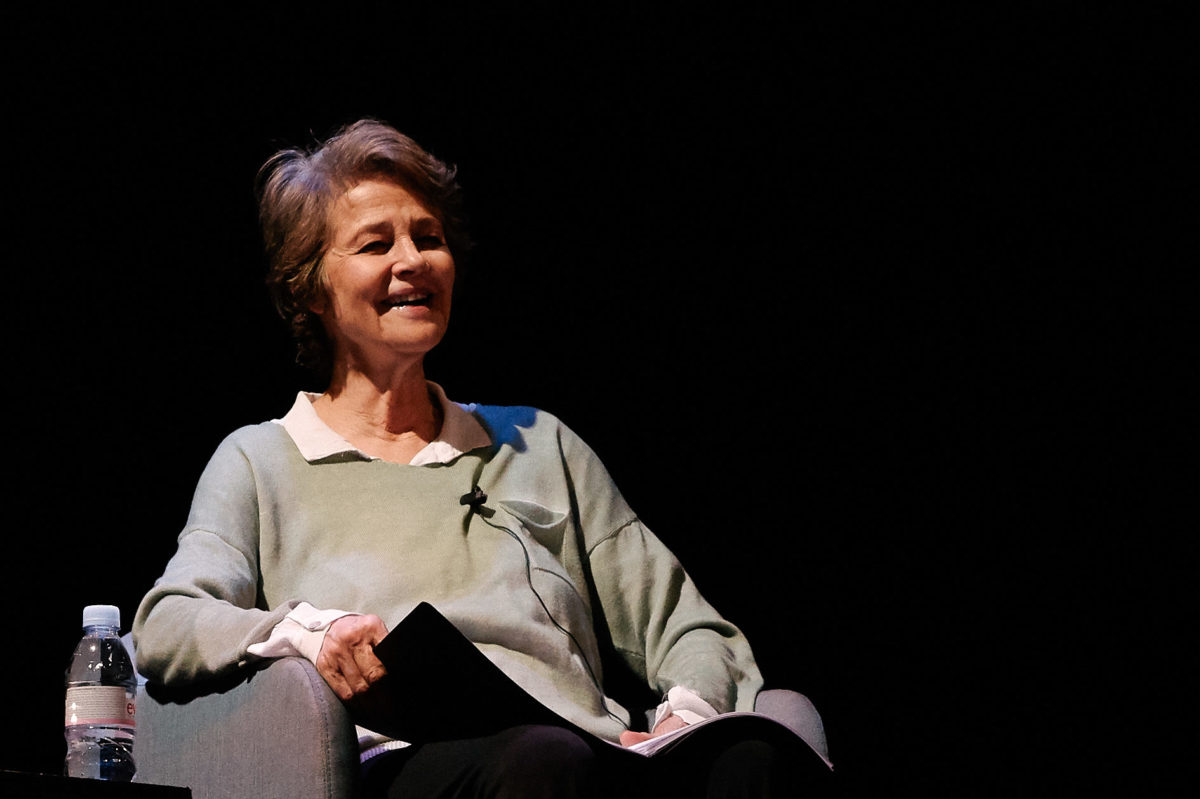
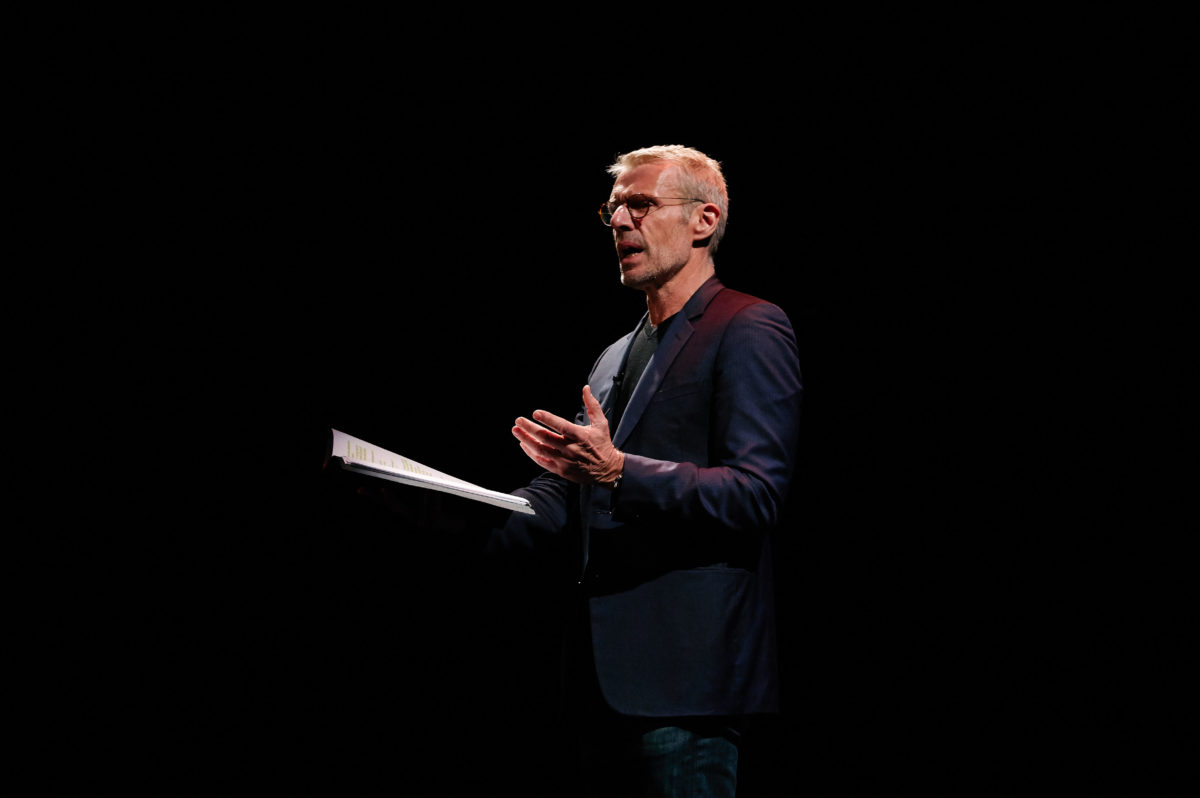



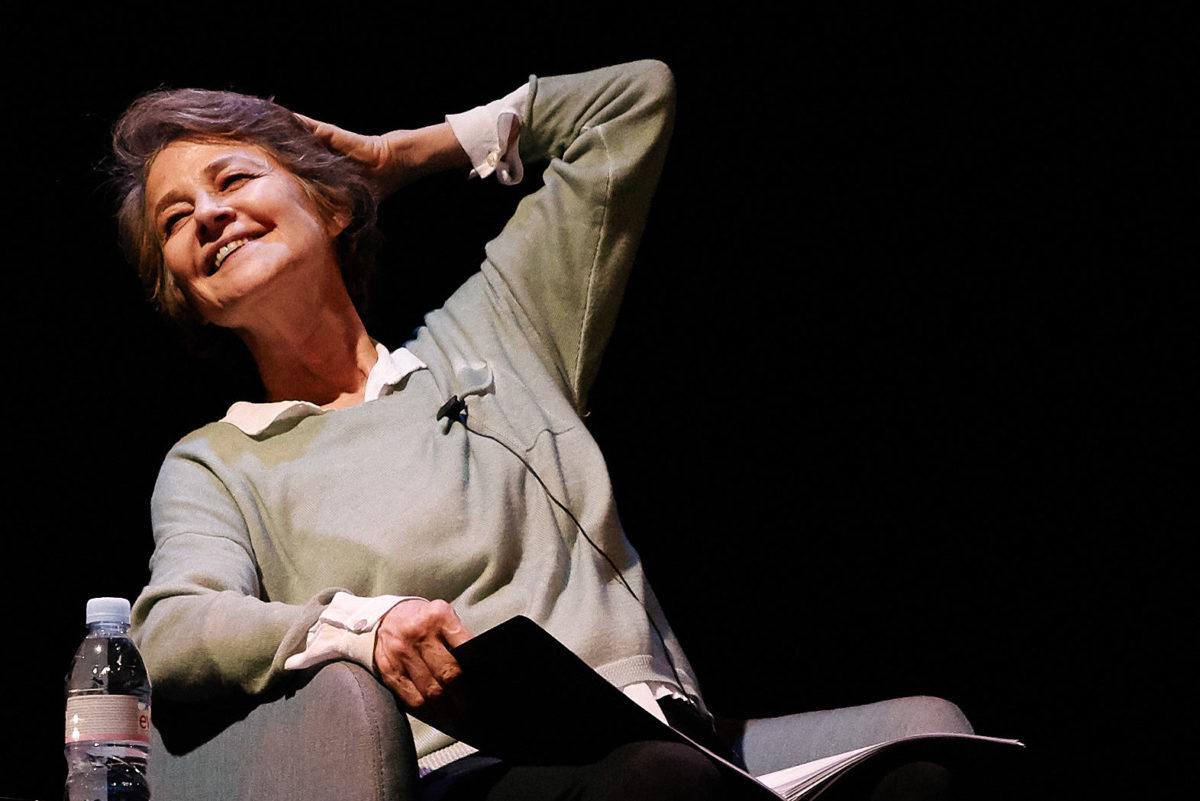
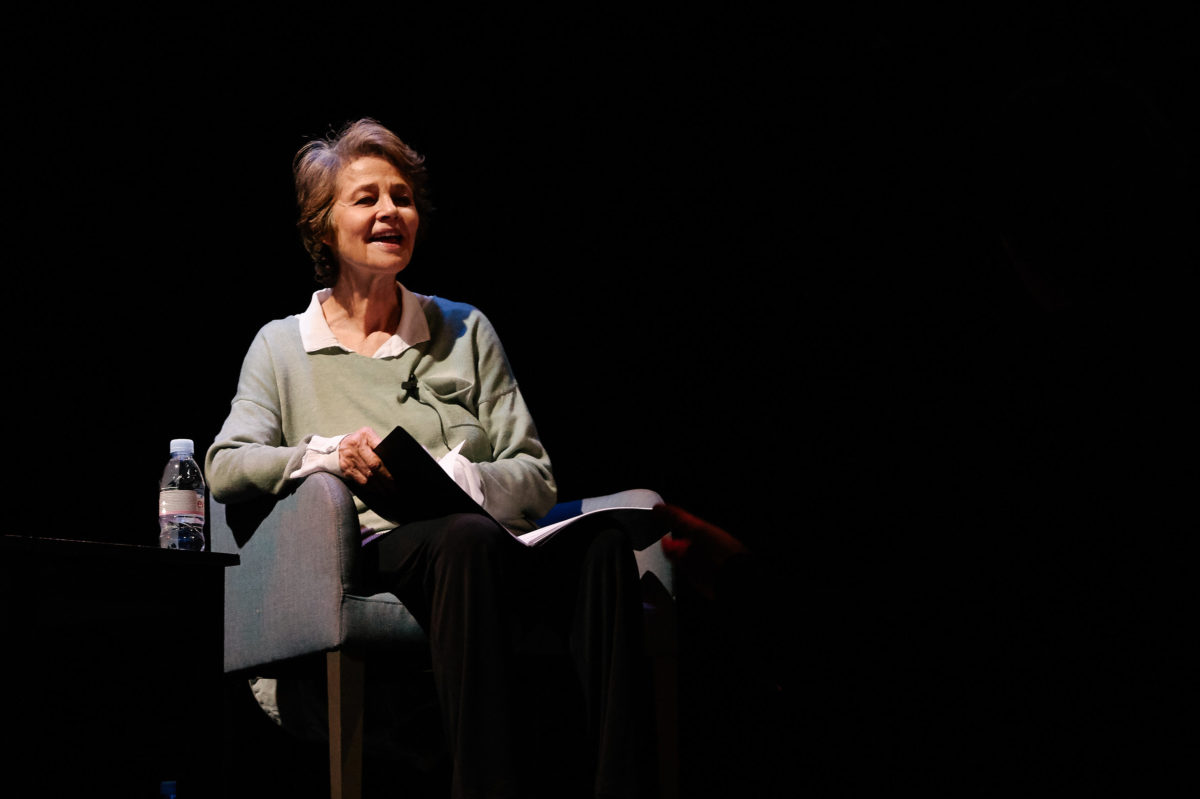

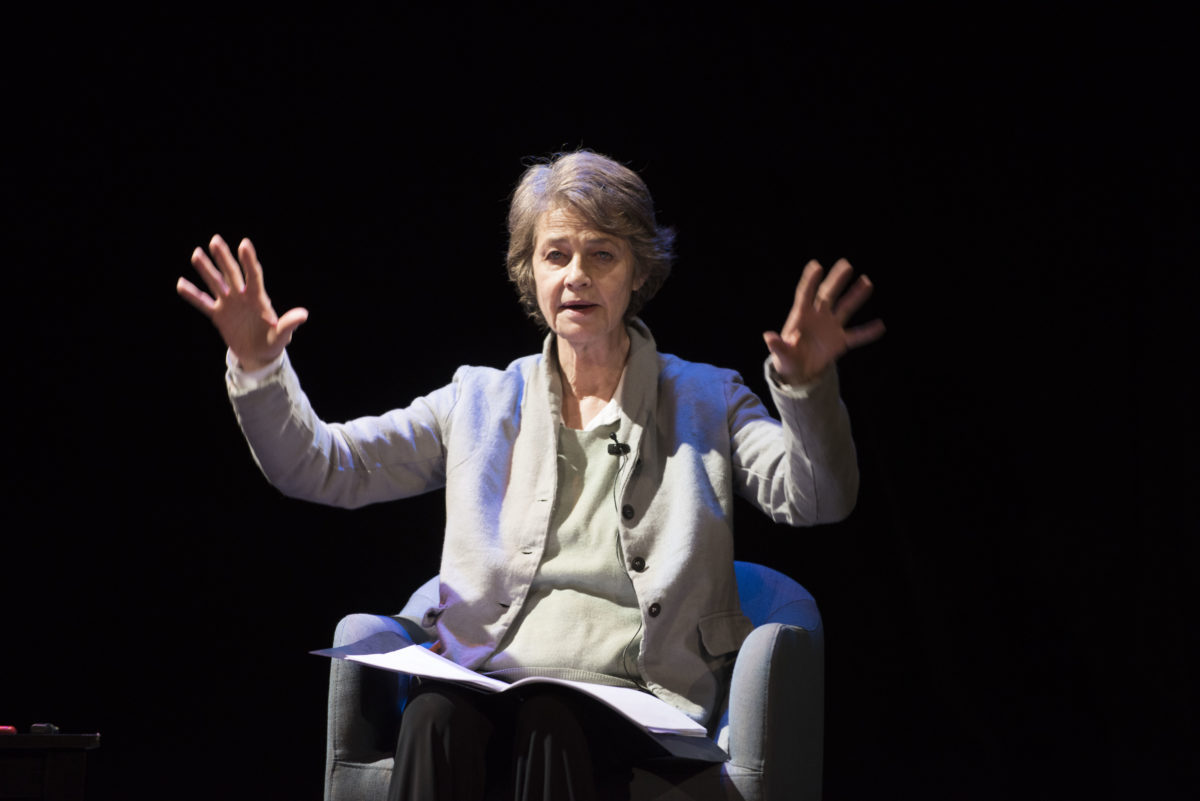
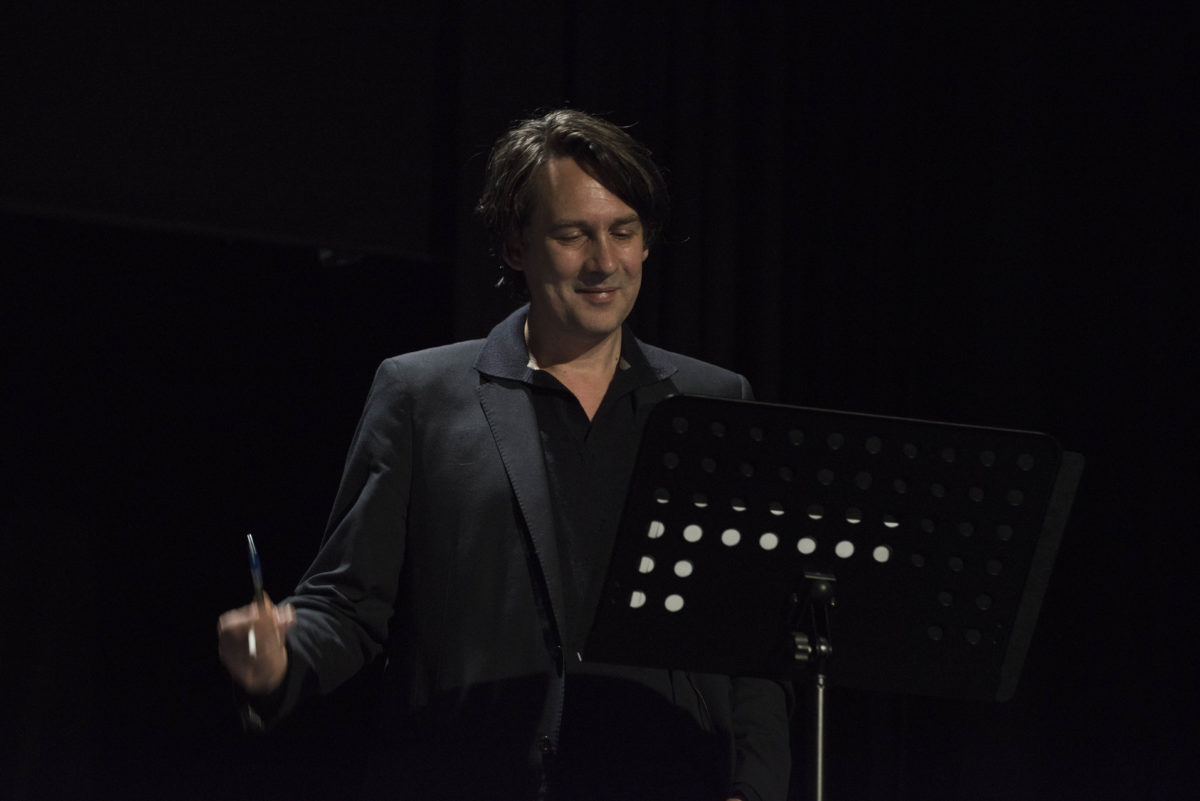
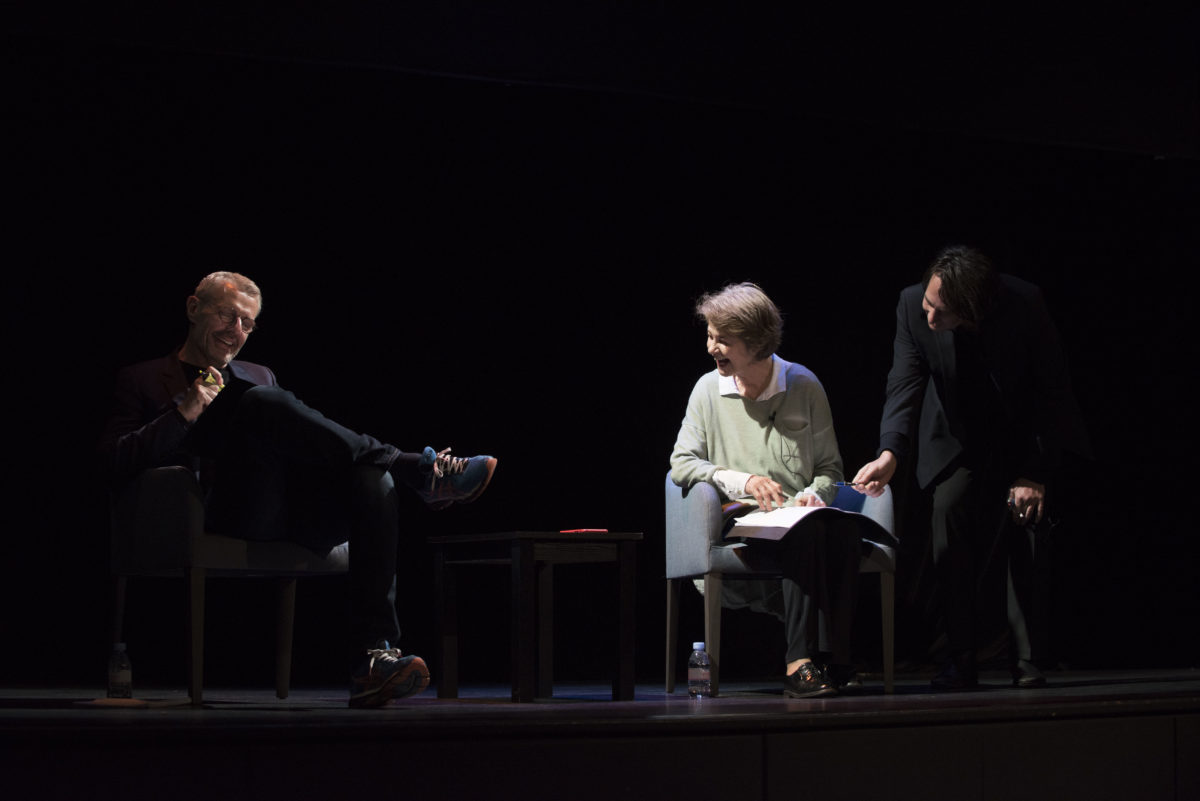




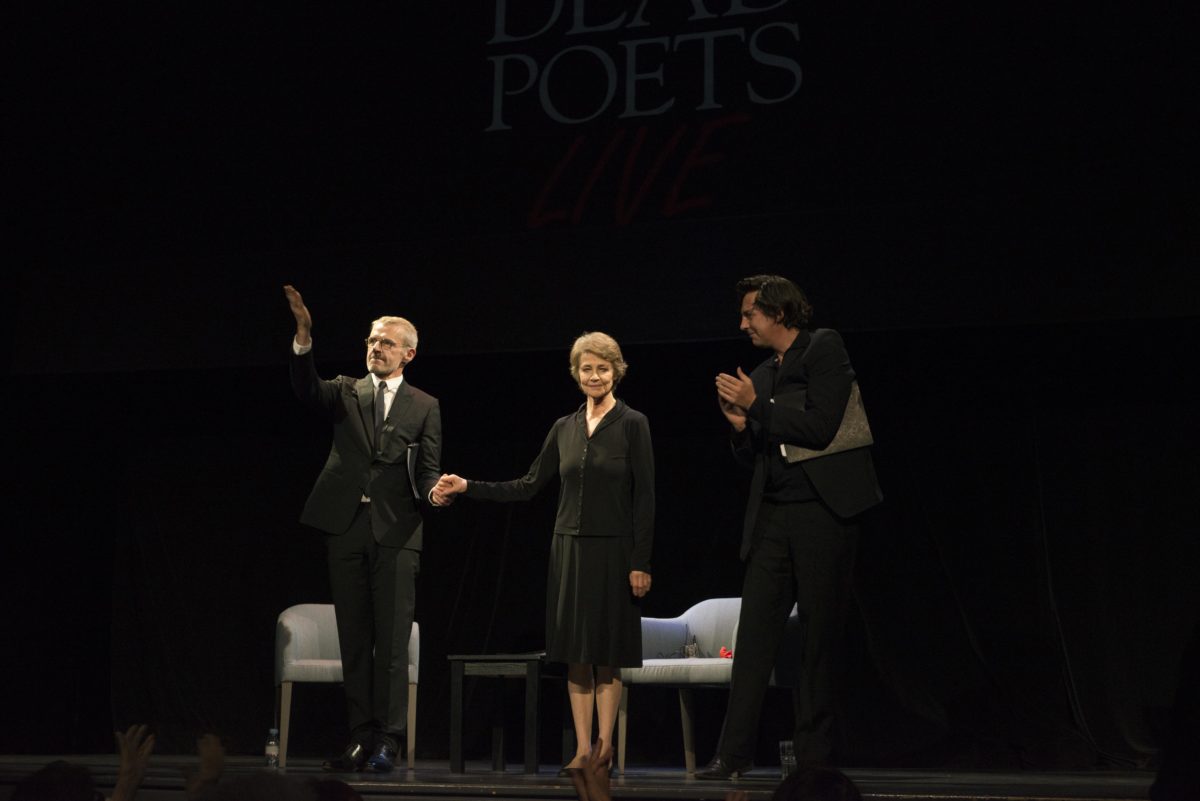

















Poems read
from Little Gidding (T. S. Eliot)
‘Sundays’ (Jules Laforgue)
‘Another Complaint of Lord Pierrot’ (Jules Laforgue)
‘Portrait of a Lady’ (T. S. Eliot)
from ‘Rhapsody on a Windy Night’ (T. S. Eliot)
‘Harmonie du Soir’ (Charles Baudelaire)
‘The Rag-Picker’s Wine’ (Charles Baudelaire)
‘The Love Song of J. Alfred Prufrock’ (T. S. Eliot)
Paris: A Poem (Hope Mirrlees)
from Little Gidding (T. S. Eliot)
Reading list
Hope Mirrlees, Collected Poems (ed. Sandeep Parmar)
T. S. Eliot, Selected Poems; Complete Poems (eds. Ricks & McCue)
French Symbolist Poetry (parallel-text edition; trans. C. F. MacIntyre)
Charlotte Rampling © Sylvie Lancrenon
Lambert Wilson © Paul Prébois
Banner images and photographs of the event © Institut français, Valérie Sieyes and © Tara Rowse
